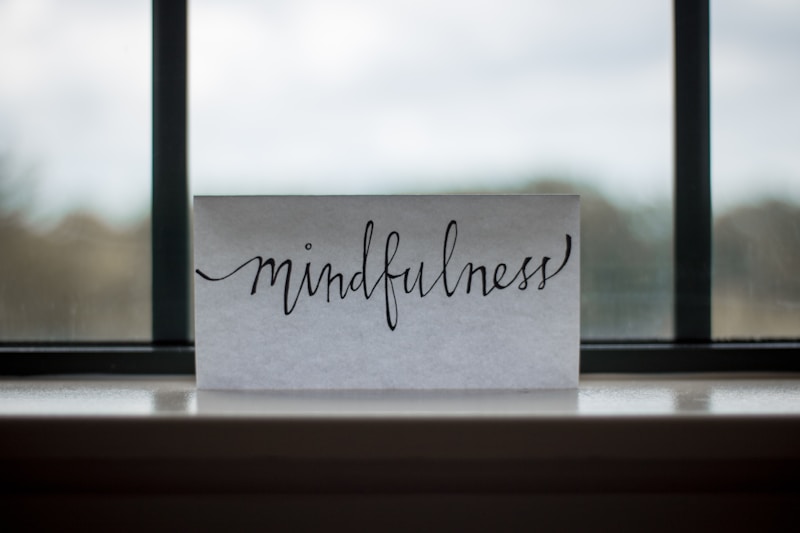We often find Pilates classes amidst the schedule of classes at our local yoga centre and many people who do Pilates go on to practice yoga. So what are the real differences between the two? Is one better than the other?
Yoga and Pilates are often put in the same category and at first glance you can easily see why – both put emphasis on stretching, on focused, considered movements and on breathing. Though we may never leave our spinning class or body pump workout feeling calm, both yoga and Pilates are disciplines that help our nervous systems relax, improve our circulation, powerfully oxygenate the system and our minds slow down.
Let’s focus on the mind for a moment, because when it comes to both yoga and Pilates are considered holistic exercises that work the body-mind. They encourage a greater sense of awareness and deepen the strength of connection between our minds and our bodies. We must pay attention to our breath to assist our bodies, to help soothe any struggles we may come across during the class and to help calm our nervous systems and relax our muscles to help us get the most of our time.
The Many Differences Between Yoga and Pilates
How exactly do the two disciplines differ? Let’s take a look at a few of the key things that change between a yoga and a pilates class…
1) Emphasis on Body vs. Mind
Though breathing techniques and mindful awareness will definitely be cultivated through both, yoga is considered more of a mindfulness-based practice than Pilates. Pilates, though it places more emphasis on the mind than most forms of exercises, is primarily concerned with strengthening and aligning the body — to tone, tighten and aid weight loss. In fact, I know many people who attend Pilates sessions that place very little emphasis on the mental wellbeing factor of the workout and see it primarily as a less intensive way of exercising, “I could never go to a fast-paced dance class or a spin class but Pilates is just right.”
Yoga is a mind practice – though we practice with our bodies, it is our minds and the internal workings of our body that we are focused on. Asanas are held for longer periods of time, using the breath to help anchor us to the mat, to the moment and to the world around us. My own teacher often tells me that we “practice yoga with our minds” and our bodies are the vessel for this. It is impossible to ignore the effects of the mind on our practice, to not notice our mind wondering or how we sabotage our own stillness by giving power to thoughts.
2) On the Breath
Breathing is a large part of calming our minds – staying connected to the breath helps us slow down our bodies, our nervous systems and our thoughts. The primary focus in yoga, together with achieving correct alignment, is on the breath and using it to help guide us through the asanas. In Pilates the focus is very much on getting the movements correct, on maximising the workout for our muscles and then, once this has been mastered, synchronising it with breath.
The type of breath we use in yoga and Pilates changes. In yoga we use ujjayi or kapalabhati breath – the former an even, heat-inducing breath which can be likened to the noise of rolling waves and the later, a shorter sharper breath that generates heat within our bodies. In Pilates one breath is used throughout (aside from during one or two postures) – it is a slow breath, summoned from the diaphragm and much more controlled.
See Also: Is Your Breath Technique Holding Back Your Practice?
3) Investing Your Time
Having focused on mental wellbeing, calming the mind and using breathing techniques to bolster ourselves to the stillness of the present moment, the attitude you choose to bring to class plays a large role in the mental benefits you take from whichever practice you choose.
Finding stillness in a pose points to the first real physical difference between the two: time. Pilates is related to yoga in many ways – the shapes in the former are unmistakably reminiscent of the latter. Both focus on the journey, on a string of continuous movements, rather than racing toward an end goal. The asanas practiced in yoga are typically held for longer periods of time, whereas Pilates is about pushing and stretching the body as far as possible within a limited amount of time.
Yoga isn’t about straining, but about disciplining the body and holding a position for several moments. Due to the high amount of movement in Pilates many see it as a more intensive workout for the core and to build up muscle resistance, whereas yoga is the ‘longer game’ of the two: noticing subtle changes in the bodies ability to extend over time. You will notice a difference in flexibility, breath awareness, core strength and muscle toning from both over an extended period of time though these may be accelerated with Pilates.
4) Shapes of the Postures
Much of Pilates is performed lying down, placing the bulk of the bodies weight on the stomach, back or side and these movements work against gravity in order to maximise the engagement of the abdominal area. Much of our yoga practice (bar inversions and a number of arm balancing poses) is performed standing and works in tandem with gravity to root ourselves to the ground, using the earth’s pull to help align our bodies and centre ourselves.
See Also: Firm Foundations Mean Stronger Poses
5) Into the World
The difference between yoga and Pilates on a personal level is the effect they have on me once off the mat. For me, I enjoy Pilates, I definitely feel the benefits in my body when I attend and the difference in the breathing techniques is refreshing and interesting. I know many people who swear by Pilates and lots who attribute their toned physique to the practice of it. However, I will always be a yogi because I practice Pilates for an hour but I am yogi 24-hours a day.
After a yoga practice I continue to feel anchored, I feel a greater sense of connection to the world around me, to myself and to others. I feel gratitude on a deeper level, I walk taller and thus feel more confident and strong across all areas of my life. My muscles may not ache afterward in that gratifying ‘I’ve-just worked-out’ way as they do after Pilates, but my body feels lighter and realigned.
If I had to sum up the difference between yoga and Pilates, and will be different for everyone, I would say that Pilates inspires a connection to the body while yoga is the connection to the frequency of the universe and everything within it – the blurring of boundaries and in turn the redefining of ourselves.












